Behind The Scenes of The Doors’ “Strange Days”
Unearthed rough mixes unleashed for RSD 2025—but don't expect "sonic wowness"
The Doors are one of the most represented Record Store Day artists, guaranteed every year to have a special release. Whether it's reissues of long-forgotten mono mixes, singles, curated compilations, live recordings, or studio outtakes, RSD is a means for the most obsessive of Doors completists to stuff their shelves with the yearly limited edition offerings. No artist output has been nit-picked and criticized as much as the Doors' catalog, but the past few RSDs have felt the most rewarding for many if not most Doors fans. Gems like the elusive outtake “Paris Blues,” the sought-after Bakersfield ‘70 show, or the freshly remixed Stockholm ‘68 radio broadcasts are prime examples of giving fans what they really wanted. For this year, the story goes that longtime engineer Bruce Botnick uncovered a tape buried in his vault of rough mixes from the Strange Days sessions. Thus, we have Strange Days 1967: A Work in Progress.
Released 8 months after their self-titled debut in September 1967, Strange Days became another gem in The Doors' crown. The caliber of career staples is hot and heavy with tracks like “People Are Strange” and “Love Me Two Times.” Traces of the group’s origins come in the form of “Moonlight Drive” and “My Eyes Have Seen You,” which stem from the fateful day Jim Morrison sang these songs acapella to Ray Manzarek at Venice Beach. The Doors were the poster boys of the 1960s counterculture, but their radical nature didn’t stop them from flaunting more subtle tendencies on “You’re Lost Little Girl” and “I Can’t See Your Face in My Mind.” Morrison’s poetry abilities, which doubled for being a primary lyricist, shine more prominently on the abstract “Horse Latitudes” and the epic “When The Music’s Over.”
Compared to how The Doors’ self-titled debut perfectly captured their live sound in a natural setting, Strange Days was a significant production leap. Integrating a 3M M23 8-track recording console at Sunset Sound Recorders meant the group was keen to use the studio, just like The Beatles did on Sgt. Pepper..., as an instrument. Echo chambers, Moog synthesizers, backwards piano, harpsichords, and electronic processing broadened the depth of The Doors’ sound. The song power and exquisite production make Strange Days a valid candidate for the Doors’ best album.
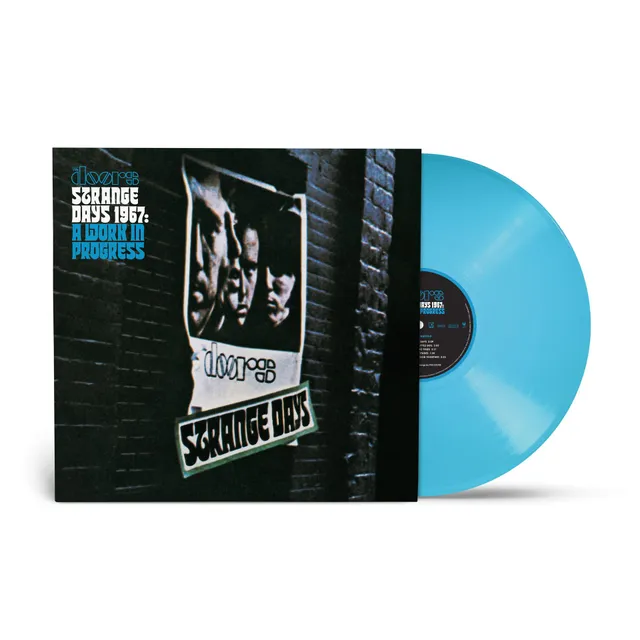
Strange Days 1967: A Work in Progress comes packaged in a sleeve that focuses on the band poster (utilizing the same back cover photo seen on their debut) and album title as displayed on the album’s original back cover. A cropped rendering of the album’s original front cover in a blue tint appears on the back. The printed inner sleeve features a scan of the Scotch tape box that housed the rough mixes and a technical write-up from Bruce Botnick. Limited and numbered to 7,500 copies, it also comes pressed on blue vinyl.

As exceptional as the material on Strange Days is, don’t approach this release expecting sonic wowness. The rough mixes here are snapshots of where the band was at the time of recording the album, with many mix elements and effects missing from what appeared on the final album. There’s also extreme use of limiting, which squishes out of the mixes some of the dynamics. Not every song from the album is present, but there is a pleasant surprise with the inclusion of “We Could Be So Good Together,” which would find its home on the next year's Waiting for the Sun
The opening title track has Jim Morrison’s vocals sounding more natural, although soaked in more reverb instead of being treated with the Moog synthesizer filter on the final mix. The distorted harpsichord in the right channel stands out more, although John Densmore’s buried drums sound boomy. The backing track of “You’re Lost Little Girl” takes a back seat, allowing one of Morrison’s best crooning-style vocal deliveries to take center stage. The arrangement of “Love Me Two Times” is close to the final version, but with more radical mix placements–the choice of EQ on Robby Krieger’s guitar gives his tone a real bite! The omission of the sound effects and cacophony of voices on “Horse Latitudes” makes the rough mix sound tame compared to the chaotic nature of the final version. Still, the keyboards fluttering between the speakers retains the track’s element of suspense.
“I Can’t See Your Face In My Mind” is still every bit as seductive, but the better-emphasized marimba hones in on the track’s exoticness. The unsung hero of this rough mix is session bassist Doug Lubahn, whose walking bass line, not to diminish the abilities of Ray Manzarek’s left-handed piano bass techniques, lifts the track to another dimension. There is an intimate, roomy quality on “When The Music’s Over,” where Manzarek’s organ drives the track. Morrison’s vocals, similarly soaked in reverb like the opening title track, have this bellowing quality that almost sounds scary when it pops out of the mix after lengthy instrumental passages, contributing to the track’s dramatic buildup.
No one at the time would’ve thought rough mixes would be available for public consumption, but Strange Days 1967: A Work in Progress makes for a fun comparison for the most analytical Doors listeners who know the original album like the back of their hands. It’s astonishing that nearly 60 years later, the public gets graced with more fresh Doors material; talk about milking a legacy for decades! (as of the day this story posted--4/17--136 copies priced from $32.00 are available on Discogs).
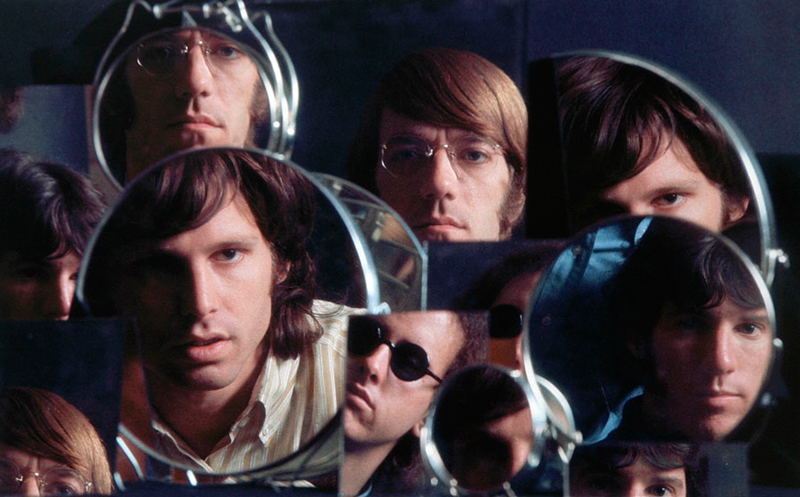












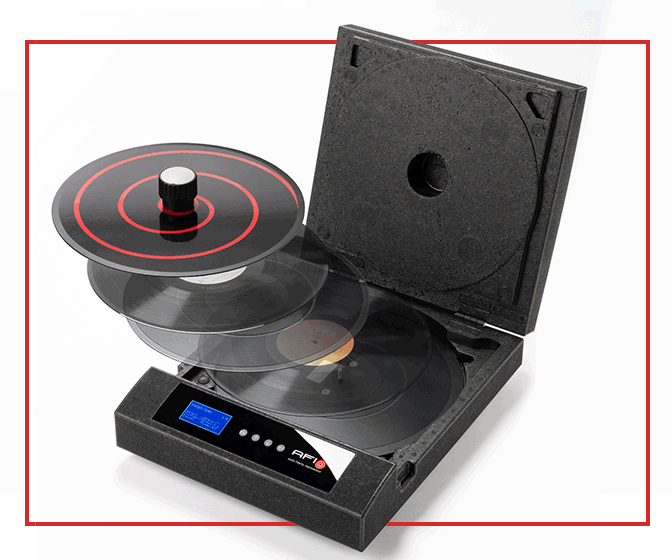







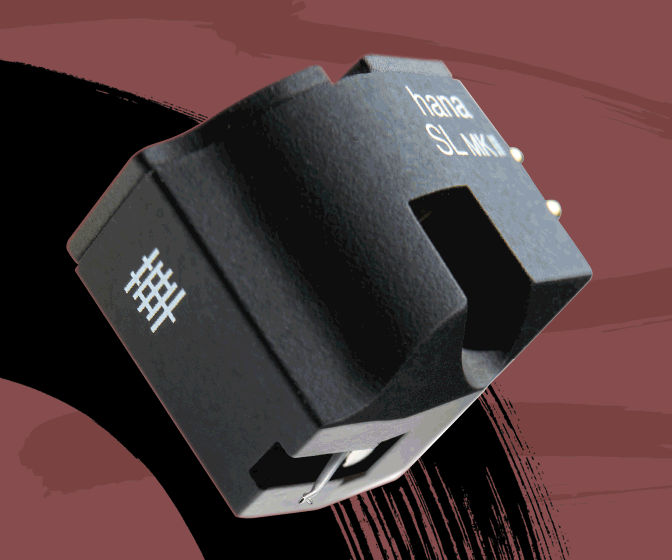




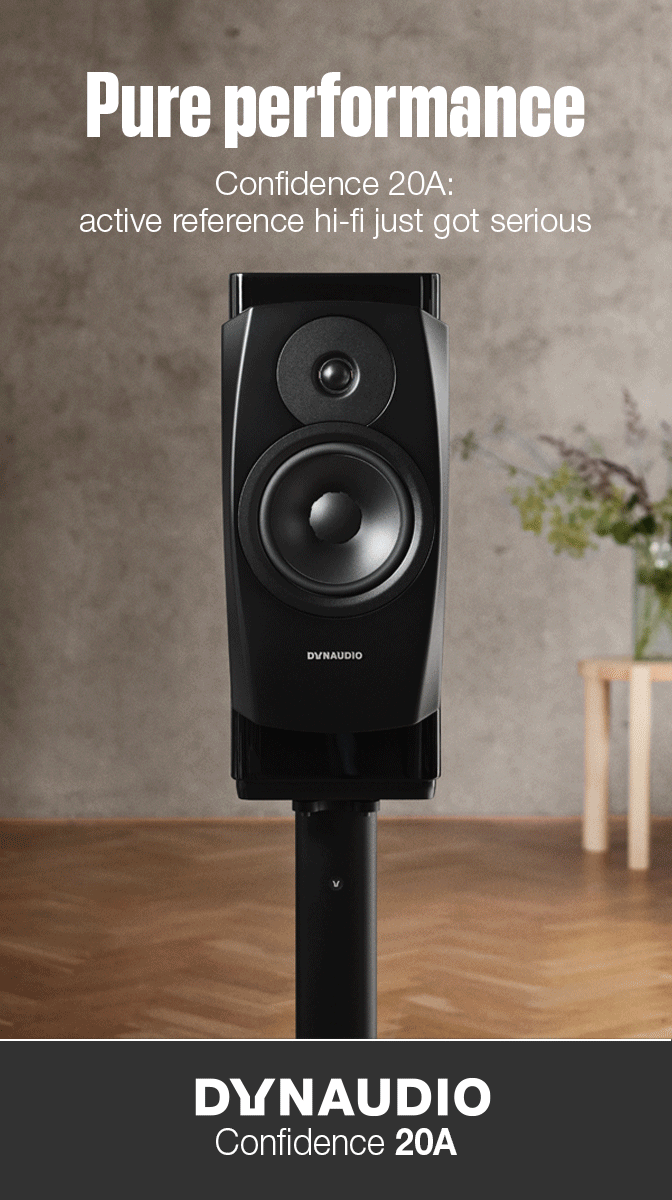

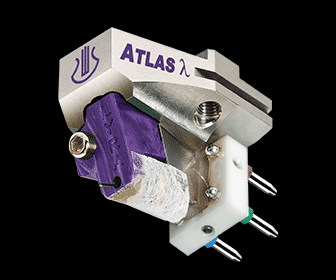

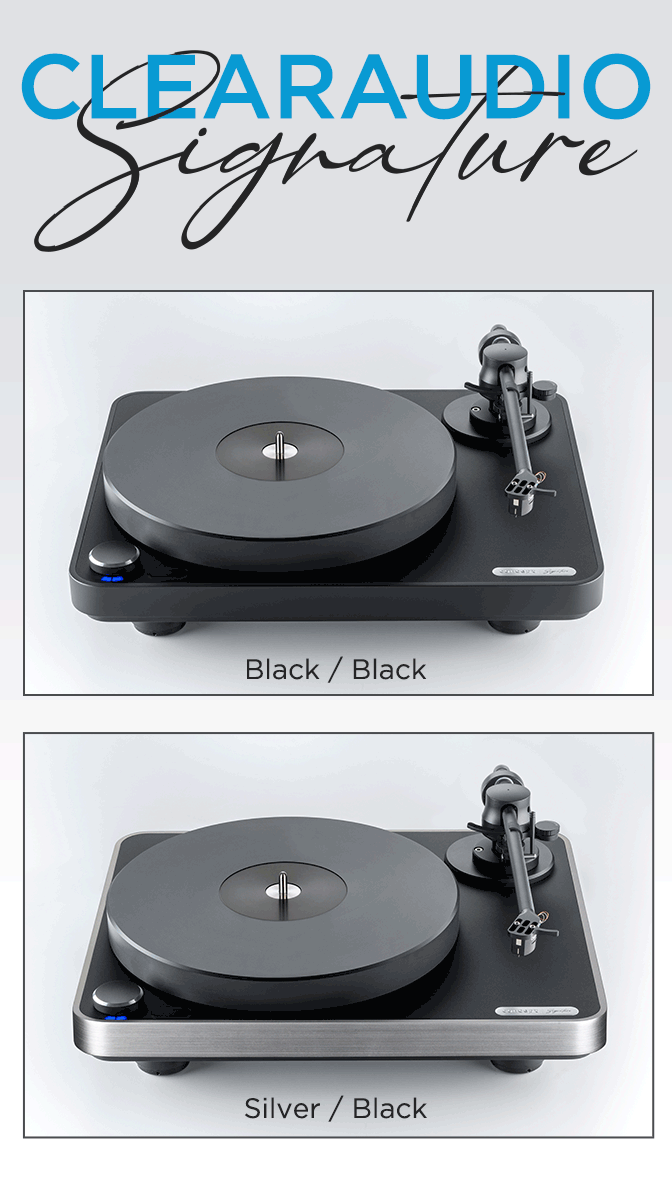



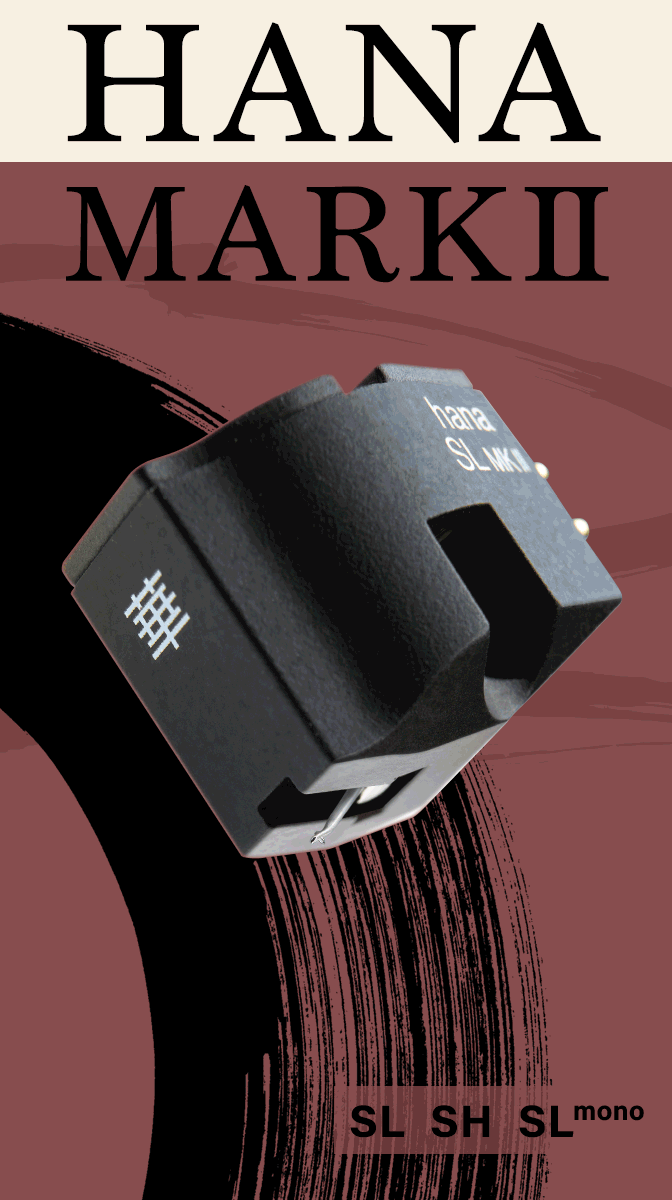


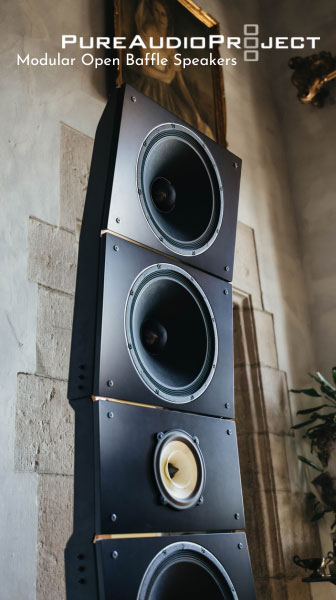






.png)








